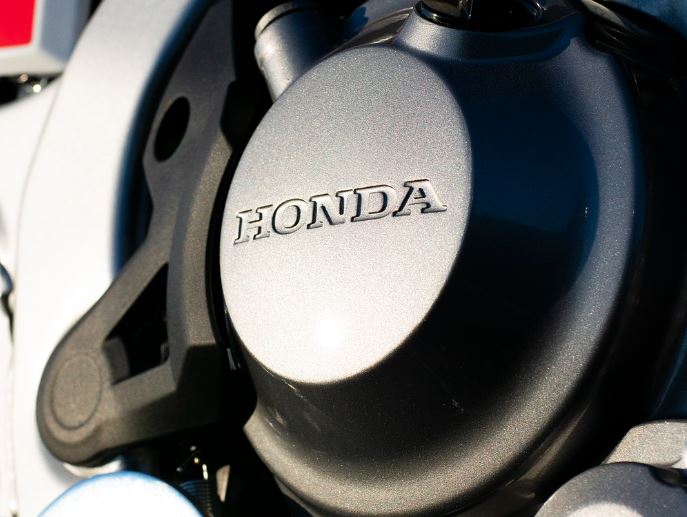Honda’s decision to postpone its $10–11 billion EV supply chain project in Ontario underscores the volatility now defining North America’s electric vehicle landscape. Announced with fanfare in April 2024, the Alliston-based venture was billed as a critical step in localizing production and securing access to battery materials. One year later, it has become a bellwether for the uncertainties facing EV investments in the region.
The company cited a softening EV market and mounting risks associated with U.S. trade policy—particularly under the administration of President Donald Trump—as reasons for the delay. A Honda Canada spokesperson confirmed to CBC News that the project will be “put on hold for approximately two years,” and that future progress would hinge on shifting market dynamics.
Demand Plateau Meets Political Risk
While North American EV sales showed strong momentum through 2023, recent data indicates a slowdown in consumer uptake. According to Cox Automotive, U.S. EV sales growth dipped below double digits in Q1 2025 for the first time in over two years, a stark contrast to the 46% year-over-year growth seen in 2022. Dealer inventories are rising, and manufacturers are adjusting production schedules accordingly.
Against this backdrop, Honda’s deferral appears more defensive than strategic. The automaker, which had targeted 2028 to commence EV and battery production in Alliston, now projects a 59% decline in operating profit for its financial year ending March 2026. Tariff-related losses account for a substantial portion of this hit—about 650 billion yen ($4.2 billion), with 300 billion yen directly tied to levies on 550,000 imported vehicles.
While Honda believes it can mitigate around 200 billion yen of that impact internally, the broader picture is one of increased vulnerability to policy swings. Trump’s threats of escalating tariffs and tighter trade rules have injected significant uncertainty into cross-border supply chain planning.
Canada’s Supply Chain Momentum Wavers
Honda’s hesitation also casts a longer shadow on Canada’s nascent EV supply chain. Ontario had been positioning itself as a North American hub, buoyed by high-profile commitments from PowerCo (Volkswagen’s battery subsidiary) and the Stellantis–LGES joint venture NextStar Energy. NextStar began battery module production in Windsor at the end of 2024, while PowerCo is preparing the site in St. Thomas, though construction remains pending.
If completed, Honda’s project would have marked the third major EV battery plant in Ontario and a strong signal of confidence in Canada’s ambitions to lead the clean automotive transition. The company’s plans extended beyond assembly lines, including local cathode material processing—a key component in reducing reliance on foreign inputs.
But with timelines now uncertain, so too is the momentum behind Canada’s efforts. As the federal and provincial governments ramped up incentives and infrastructure for EV manufacturing, the Honda deferral may invite renewed scrutiny over the durability of such public-private bets amid volatile demand and political recalibration in the United States.
A Cautionary Tale for Localisation Strategies
Honda’s predicament highlights the complex calculus facing global automakers balancing localisation, cost-efficiency, and geopolitical exposure. While reshoring battery and vehicle production promises resilience, the upfront capital requirements and policy dependencies make such projects acutely vulnerable to external shocks.
EV localisation strategies, once touted as a hedge against supply chain risk, are now colliding with macroeconomic headwinds and shifting consumer sentiment. For Honda, the calculus appears to have changed: better to delay than to build into a market whose direction is increasingly ambiguous.
The Two-Year Question
With construction and production timelines pushed into the next decade, the implications go beyond Honda’s balance sheet. Will North American EV demand re-accelerate? Will tariff regimes stabilize? And critically for Canada—will the country remain a competitive destination for future-facing manufacturing?
For now, Honda’s pause serves as a reminder: the EV transition may be inevitable, but its path will be anything but linear.
